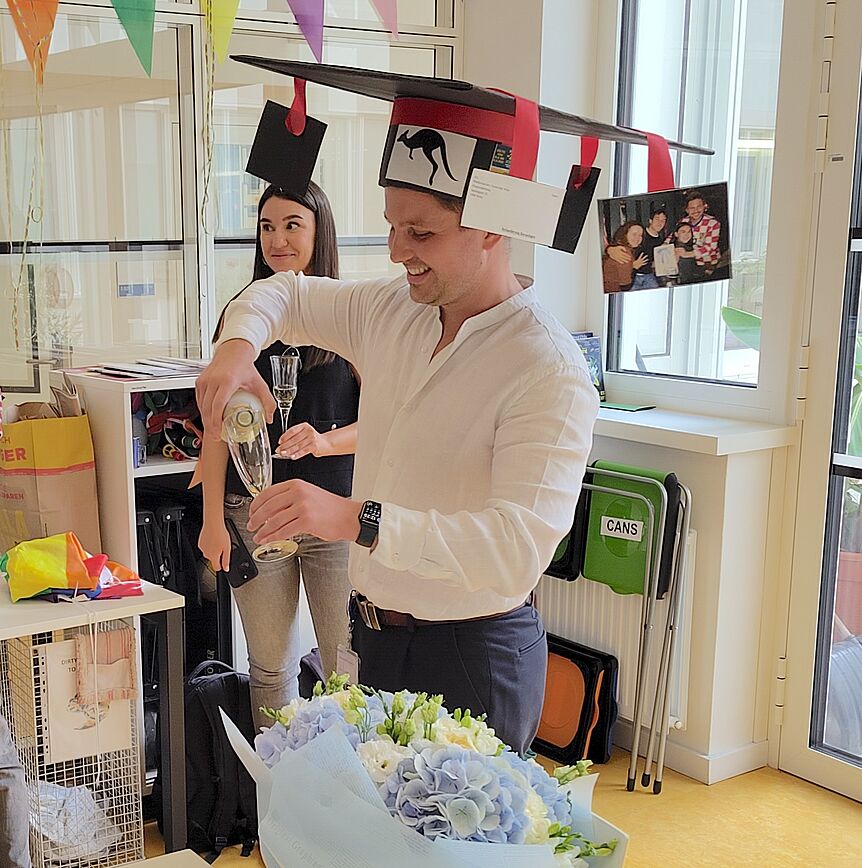About Us
The Division of Computational Systems Biology (CUBE) at the Centre for Microbiology and Environmental Systems Science (CeMESS) is a group of bioinformaticians and computational biologists. CUBE focuses on understanding biological systems, ranging from single species to multi-species systems and ecosystems.
Our research is based on data from large-scale bioanalytical methods. Researchers in our group develop, improve and apply computational methods for the interpretation of molecular information in biology. We establish and analyse quantitative mathematical models.
We operate and administer Life Science Compute Cluster (LiSC), a specialized high-performance computing infrastructure which is available to life scientists across the University of Vienna.








